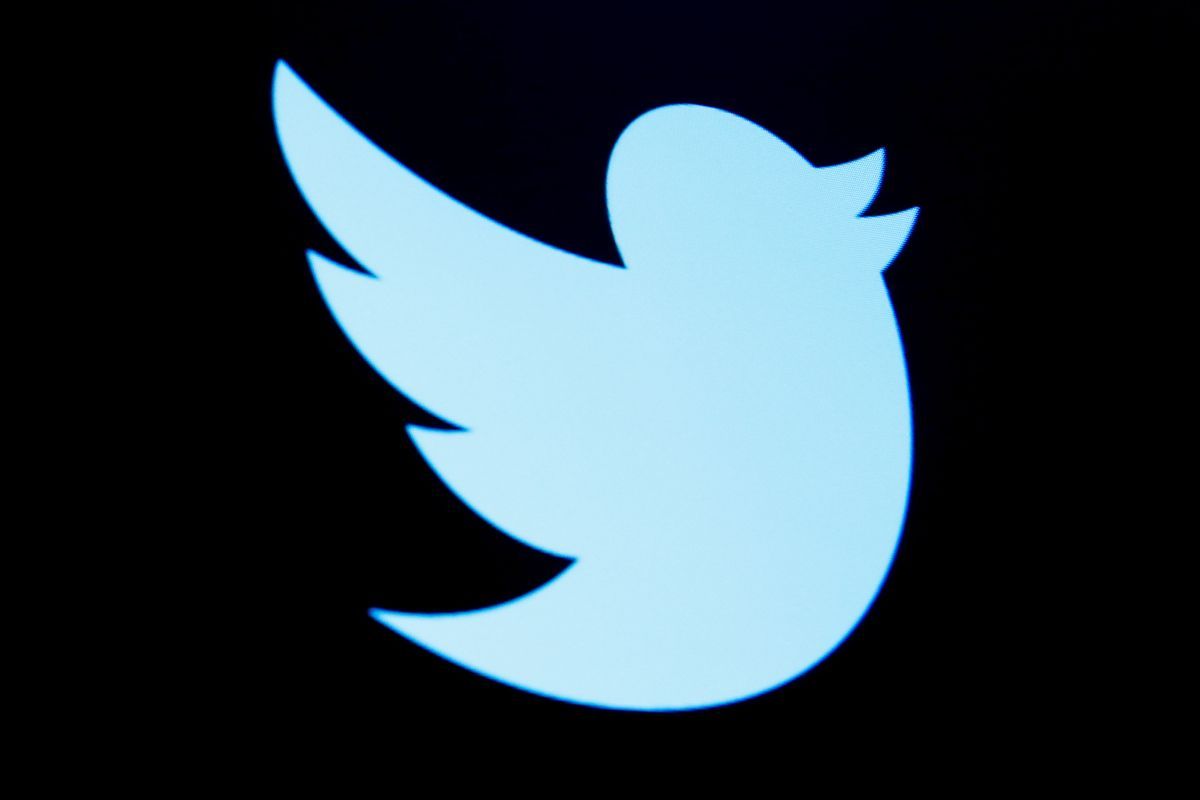
“Donald Trump's personal Twitter account has an impressive following with over 37 million accounts. However, according to TwitterAudit, 51 percent of those accounts are fake,” the column published by Forbes reads. “That means that nearly 19 million accounts following Donald Trump are estimated to be part of some automated botnet rather than a legitimate human being.”
Talking about the impact fake accounts have beyond artificially inflating the egos of people by falsely exaggerating the number of actual followers they have, the author says that is in part it depends on when and how they're used, “but the short answer is that they can quickly overwhelm legitimate traffic, and they can game the social network's algorithms.”
In effect, a coordinated effort using thousands or millions of fake Twitter accounts can create so much noise that a legitimate post or thread gets buried, or generate so much activity that propaganda or fake news posts get elevated exposure.
Respected information security journalist Brian Krebs wrote a post this week detailing his interactions with the world of fake Twitter account botnets. Krebs had noted that every time he tweets anything about Vladimir Putin it somehow results in a predictable flood of pro-Trump replies even when Trump is not mentioned. Krebs shared that following that tweet, "I awoke this morning to find my account on Twitter (@briankrebs) had attracted almost 12,000 new followers overnight. Then I noticed I'd gained almost as many followers as the number of re-tweets (RTs) earned for a tweet I published on Tuesday."
Krebs explains that further investigation determined that almost all of the new Twitter followers he had gained were actually part of a social media botnet being used to falsely amplify propaganda and fake news posts, and to intimidate journalists, activists and researchers. "The botnet or botnets appear to be targeting people who are exposing the extent to which sock puppet and bot accounts on social media platforms can be used to influence public opinion."
“This is why these fake Twitter accounts pose a threat to Twitter itself. If legitimate posts can be easily buried by botnets, and the posts that show up in Twitter feeds are just a steady stream of propaganda and fake news compliments of pro-Kremlin bots, what is the point of continuing to use Twitter at all?” the author asks.
After reaching out to Twitter for an official comment on this problem, Tony Bradley was directed to a blog post from June that Twitter published titled, "Our Approach to Bots & Misinformation," and more specifically to the line, "It's worth noting that in order to respond to this challenge efficiently and to ensure people cannot circumvent these safeguards, we're unable to share the details of these internal signals in our public API."
“If Twitter has been employing these processes and methods before June when the blog post was published, or even between then and now, I can say with a degree of objective certainty that whatever they're doing is not working,” the author stresses. “The problem is bad and getting worse and, unfortunately, the vast majority of average Twitter users don't even know the problem exists so they're likely to believe what Twitter shows them, even when it's blatant propaganda or obviously fake news.”

